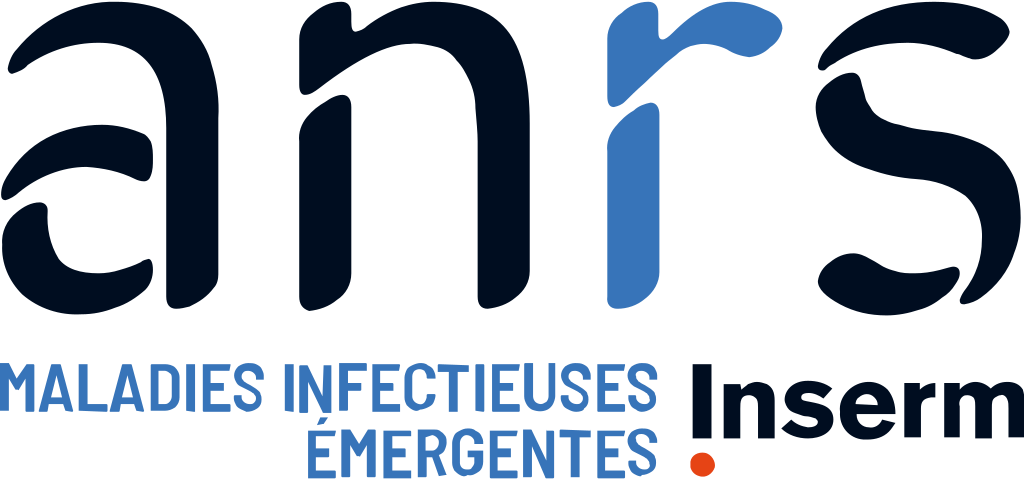1/ Charpentier C et al. HIV-2EU-Supporting Standardized HIV-2 Drug-Resistance Interpretation in Europe: An Update. Clin Infect Dis. 2015 Jul 17. pii: civ572
2/ Witvrouw E et al. Susceptibility of HIV-2, SIV and SHIV to various anti-HIV-1 compounds: implications for treatment and postexposure prophylaxis. Antivir Ther 2004; 9(1): 57-65.
3/ Smith RA et al. Three main mutational pathways in HIV-2 lead to high-level raltegravir and elvitegravir resistance: implications for emerging HIV-2 treatment regimens. PLoS ONE, 2012; 7.
4/ Smith RA, In vitro antiviral activity of cabotegravir against HIV-2. Antimicrob Agents Chemother. 2018 Jul 16. pii: AAC.01299-18. doi: 10.1128/AAC.01299-18.
5/ Le Hingrat Q et al. A 5 amino-acid insertion in the C-terminal region of HIV-2 integrase impacts phenotypic susceptibility to the five integrase inhibitors. 16th European Meeting on HIV & Hepatitis Treatment Strategies & Antiviral Drug Resistance, May 2018, Roma, Italy, Abstract 4.
6/ Smith RA, Wu VH, Song J, et al. Spectrum of Activity of Raltegravir and Dolutegravir Against Novel Treatment-Associated Mutations in HIV-2 Integrase: A Phenotypic Analysis Using an Expanded Panel of Site-Directed Mutants. J Infect Dis. 2022 Aug 26;226(3):497-509. doi: 10.1093/infdis/jiac037.
7/ Requena S, Lozano AB, Caballero E, et al. Clinical experience with integrase inhibitors in HIV-2-infected individuals in Spain. J Antimicrob Chemother. 2019 May 1;74(5):1357-1362.
8/ Lataillade M et al. Viral drug resistance through 48 weeks, in a phase 2b, randomized, controlled trial of the HIV-1 attachment
inhibitor prodrug, Fostemsavir. J Acquir Immune Defic Syndr. 2018 Mar 1;77(3):299-30
9/ Bertine M. et al. Rapid Selection of HIV-2 Capsid Mutations After Failure of a Lenacapavir-Containing Regimen, CROI 2024, Abstr. 682

